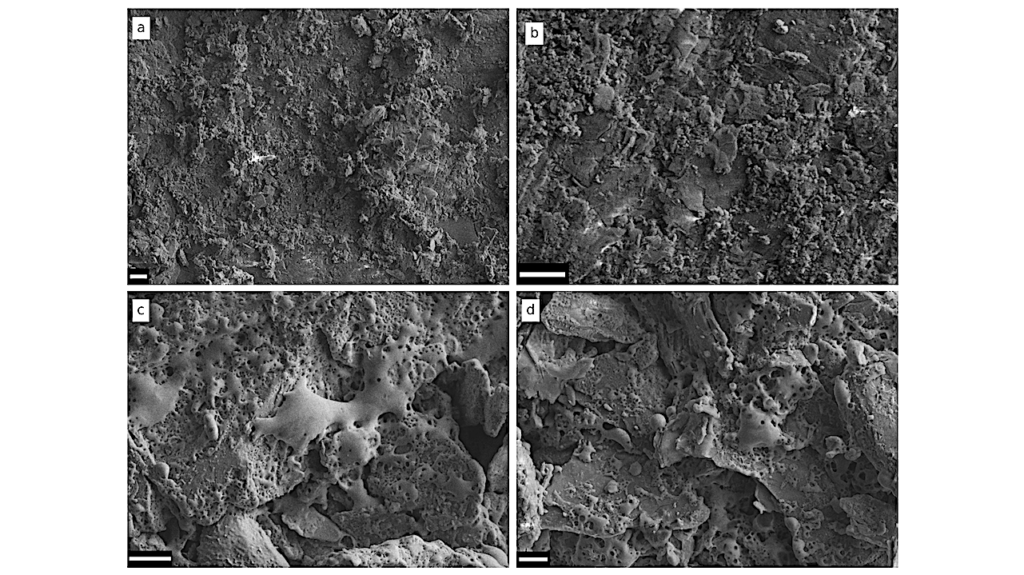Water Abundance At The Surface Of C-complex Main-belt Asteroids

Recently published space-based observations of main-belt asteroids with the AKARI telescope provide a full description of the 3 um band, related to the presence of OH bearing minerals.
Here, we use laboratory spectra of carbonaceous chondrites obtained under controlled atmosphere (CI,CM,CO,CV,CR Tagish Lake) to derive spectral metrics related to the water content in the samples. After testing several spectral metrics, we use a combination of band depth at 2.75 um and 2.80 um that shows a correlation with [H2O] in the sample determined by TGA, though with a high uncertainty (4 wt% H2O). This relation is used to determine water content at the surface of large C-complex main-belt asteroids and discuss the origin of the variability found.
On average C-complex Main-Belt Asteroids (MBA) have water contents of 4.5 wt% (volume average, (1) Ceres excluded), significantly lower than average CM chondrites. The estimated water content for the most hydrated asteroids are lower than those of the most hydrated meteorites, a difference that could be attributed to space-weathering. An anti-correlation is also present between water content and overall spectral slope, which is opposite to expectation from laboratory simulations of space weathering on dark carbonaceous chondrites.
This suggests that part of the variability in the surface hydration among the different C-complex asteroids is not due to space-weathering, but to the composition of surface material. When applied to Ceres, the hygrometer presented in this work enables us to estimate that at least 1.22 wt% of the hydrogen is present in the form of organics. This richness in organics strengthens the connection between Ceres and cometary materials.
Pierre Beck, Jolantha Eschrig, Sandra Potin, Trygve Prestgard, Lydie Bonal, Eric Quirico, Bernard Schmitt
Subjects: Earth and Planetary Astrophysics (astro-ph.EP)
DOI: 10.1016/j.icarus.2020.114125
Cite as: arXiv:2011.00279 [astro-ph.EP] (or arXiv:2011.00279v1 [astro-ph.EP] for this version)
Submission history
From: Pierre Beck
[v1] Sat, 31 Oct 2020 14:00:47 UTC (560 KB)
https://arxiv.org/abs/2011.00279
Astrobiology, Astrochemistry








